The forces occupying Strečno Castle during the middle ages used their cliff-side perch to full advantage, warding from potential invaders and taxing those who traversed over river and road below. The castle was modest then. Only a square tower and a courtyard, surrounded by stone walls and a moat. How must’ve the peasantry felt as they gazed at the watchful monolith above? Grateful for the security it represented or spiteful at the careless, greedy fingers pillaging their purses?
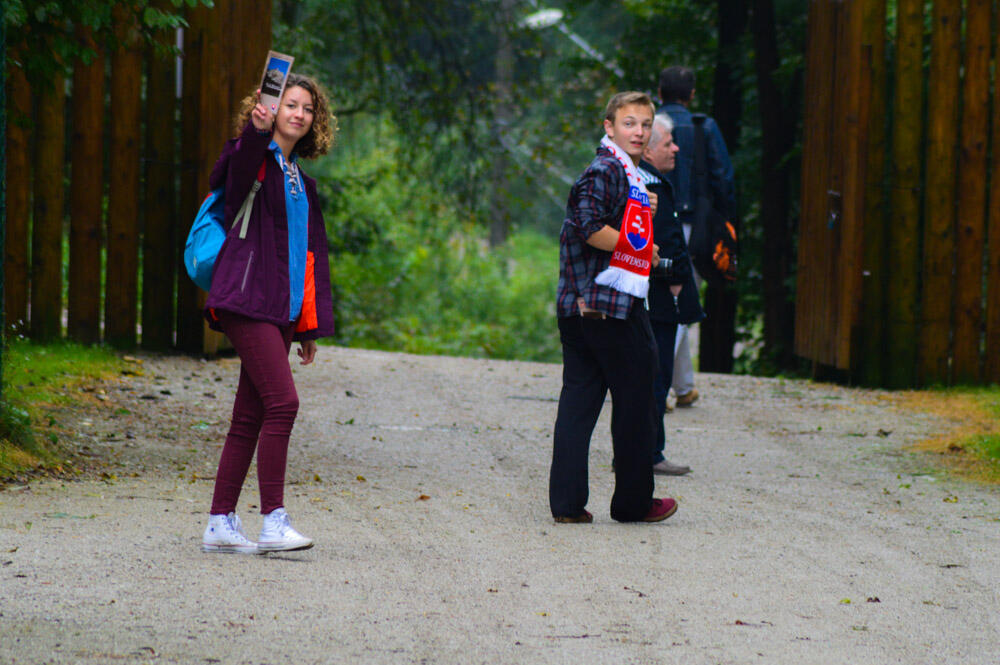
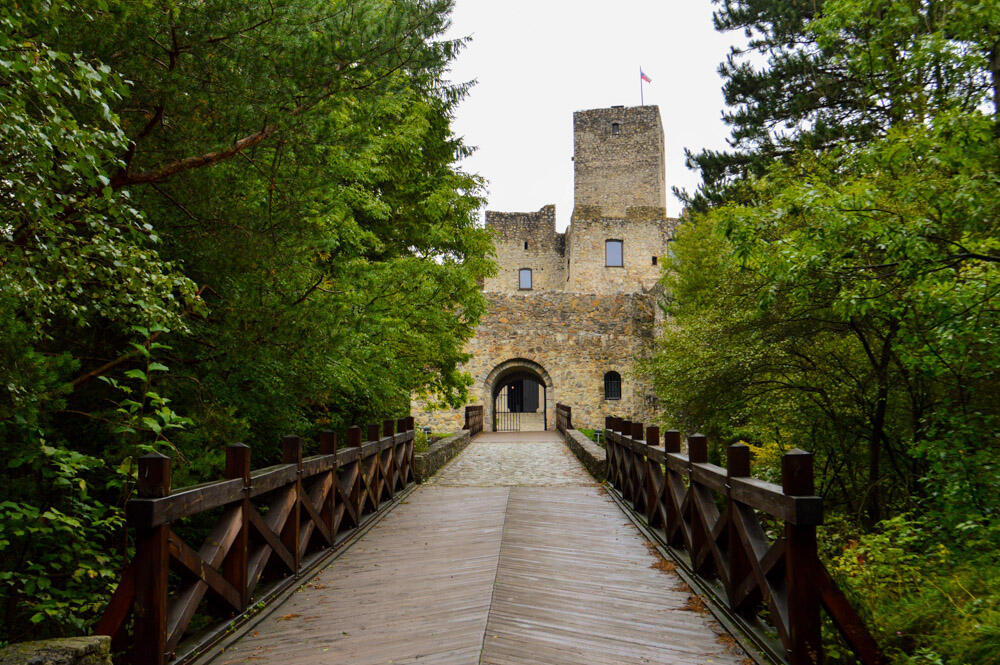
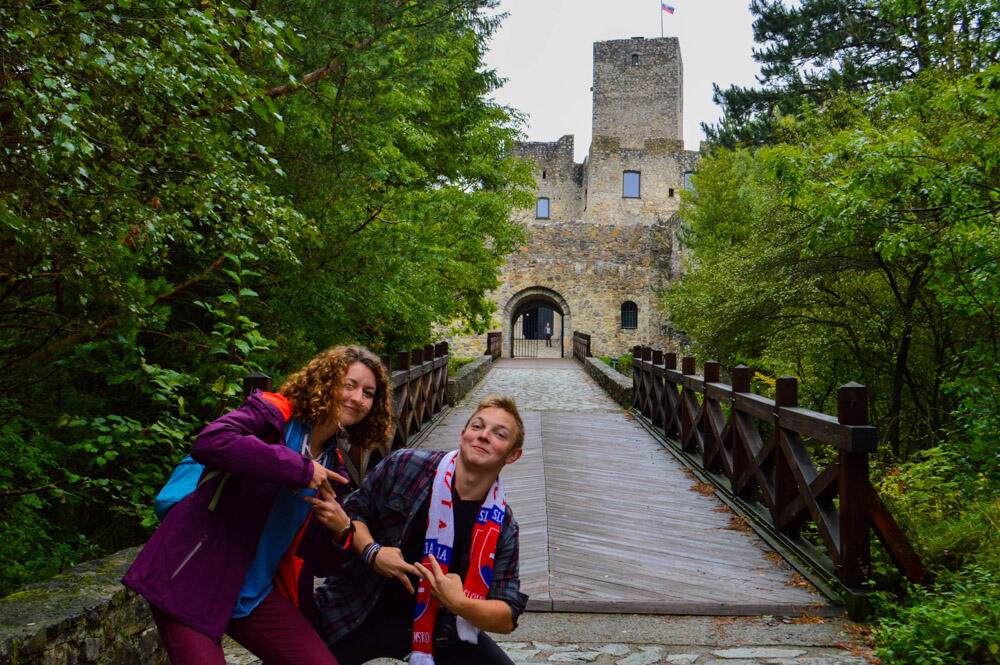
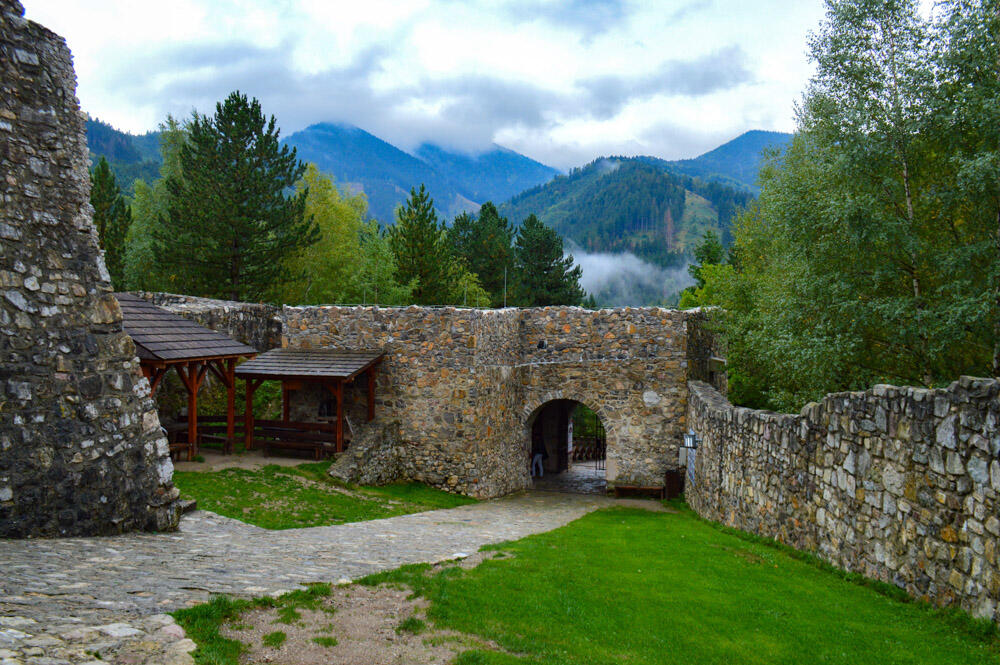
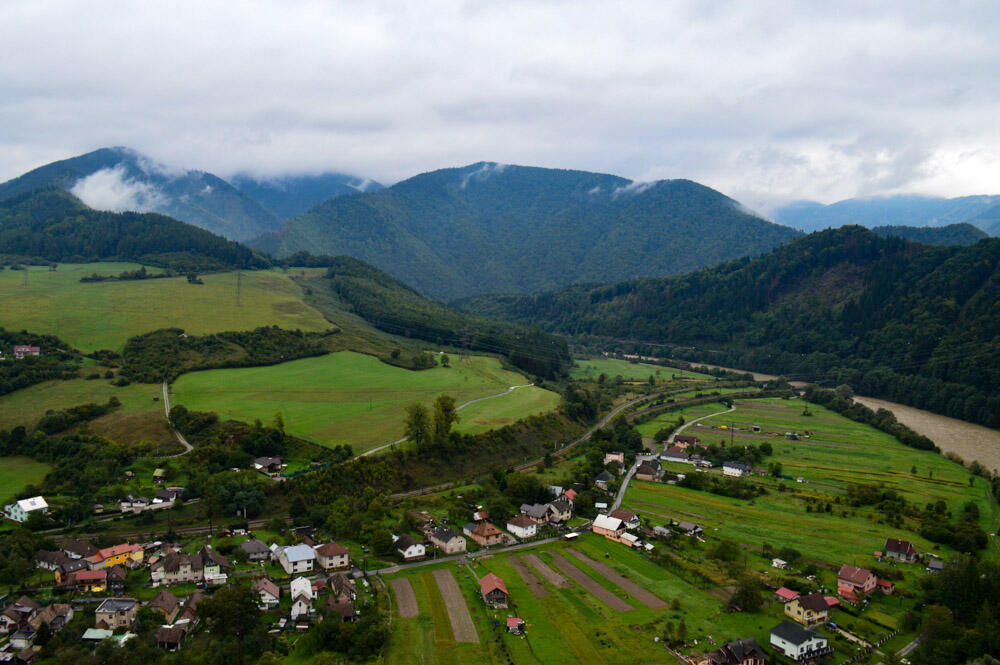
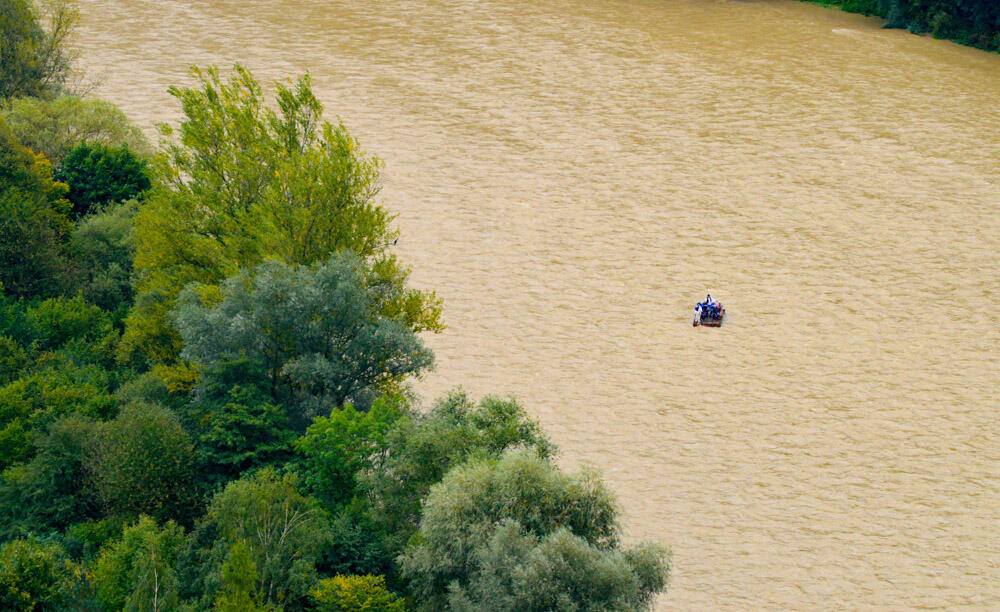
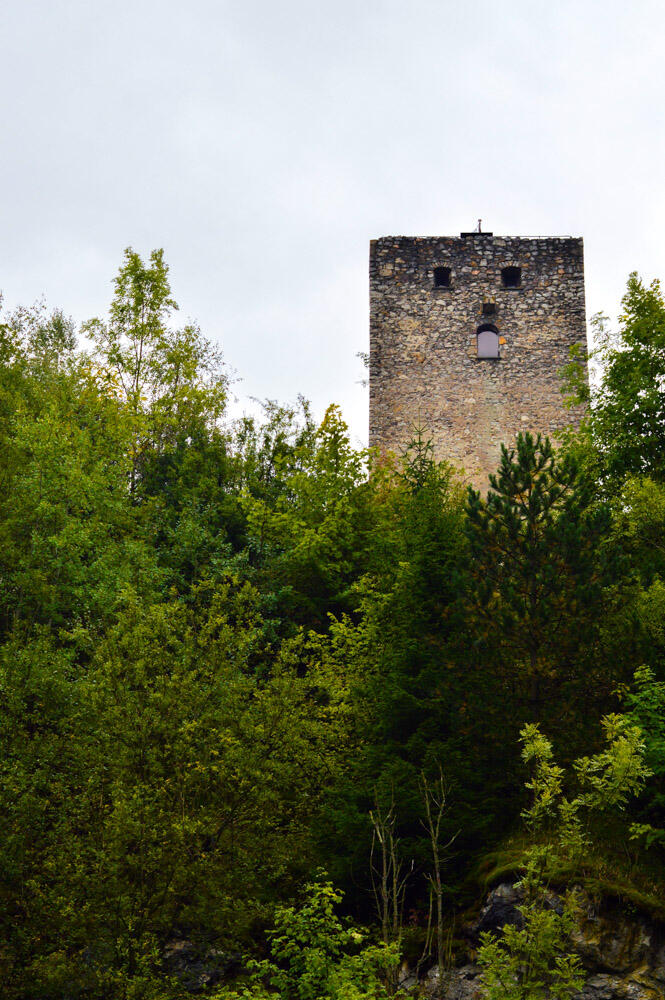
Strategically built above the Váh River, Strečno chanced upon a much longer and significant history than its builders could have foreseen. Its walls were originally built to fend off invading Tartars and only fell centuries later in an Anti-Hapsburg rebellion led by Imre Thököly in the 1660s. After Thököly’s rebellion was finally crushed forty years later, Strečno Castle was partially demolished by Emperor Leopold I (essentially for the trouble its strong defenses had caused him), and the ruined fortress gazed for three centuries upon the villages below, watching their growth even in its own decay. And yet, its husk remained stoic upon its advantageous perch, inviting Czechoslovak forces to set up a position within and sheltering them from Nazi artillery in WWII.
Despite this war torn history and its military purpose, the clifftop keep has seen tremendous kindness for all its trauma. Žofia Bosniaková inhabited Strečno in the early 1600s with her husband František Vešeléni. She used her affluence as lady of the castle benevolently. Alongside her husband, she established a shelter for the poor, sick, widowed, and orphaned and they were patrons to several churches in the villages surrounding Strečno.
The villagers of her time considered Žofia a living saint. So, their sorrow must’ve been great when word got out of her early death. Žofia passed away in 1644 at the age of 35 and was entombed below the castle’s chapel. Forty years later, soldiers reopened the tomb and found her body mysteriously well preserved. They are recorded as saying that it only looked as if she had died days before they found her.
Modern attempts to explain this phenomena have been made, but to 17th century locals it was clearly a sign. Žofia Bosniaková was a saint. It was decided that her body should be moved to a chapel in Teplička na Váhom village and her coffin given a glass topped coffin. Žofia’s reputation for kindness transcended her time; generation after generation visited her new resting place over the centuries. Her story has seen recent tragedy, however. In 2009, a mentally disturbed man targeted her remains and burned them, leaving little but a scorched coffin behind. Nevertheless, this only rekindled local interest in Lady Žofia Bosniaková and the story of her faith. I wonder if this isn’t the most extreme case of postmortem martyrdom in religious history?
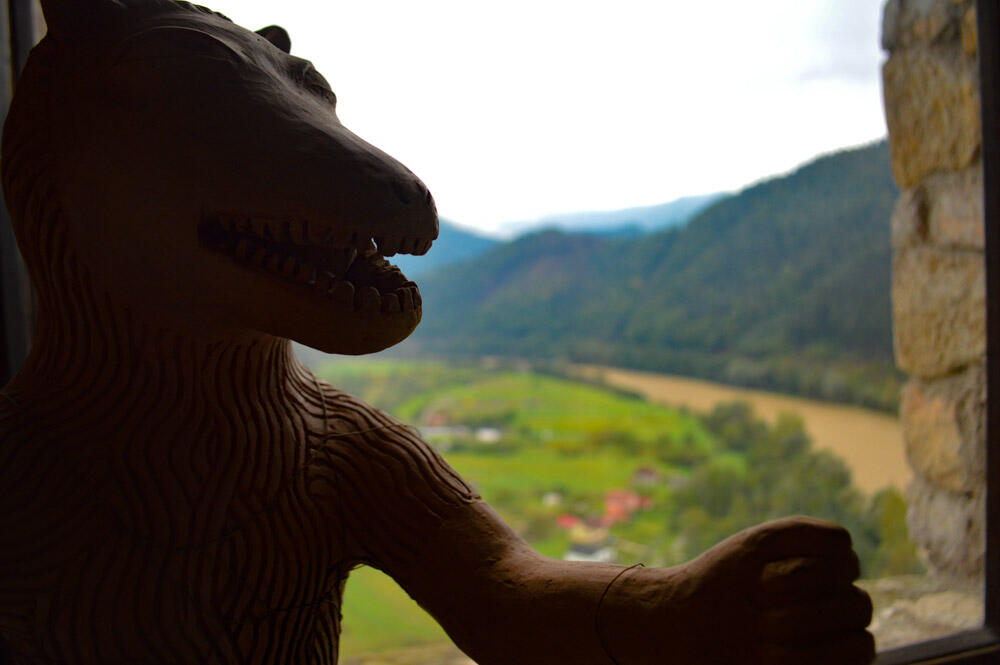
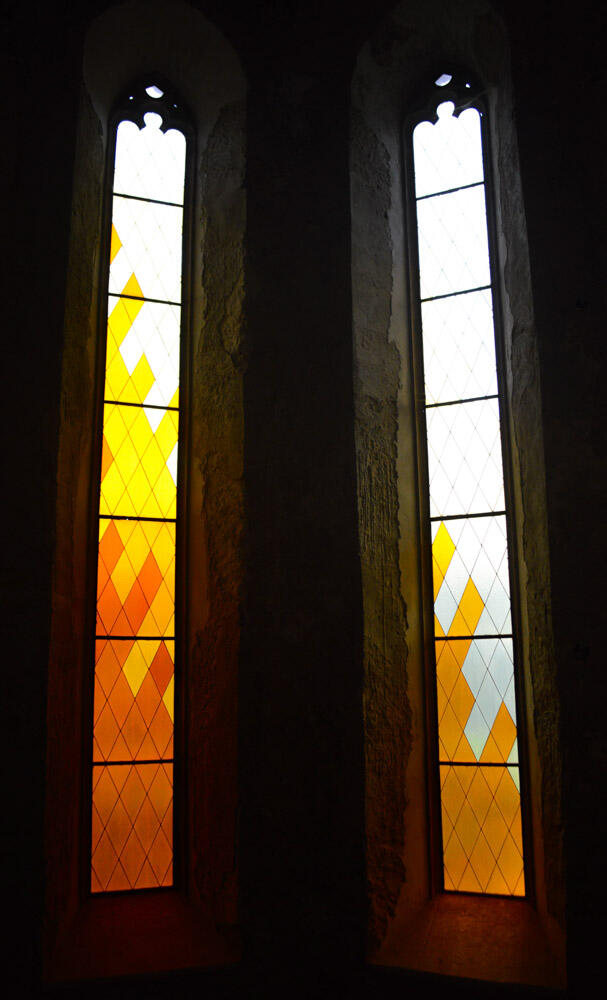
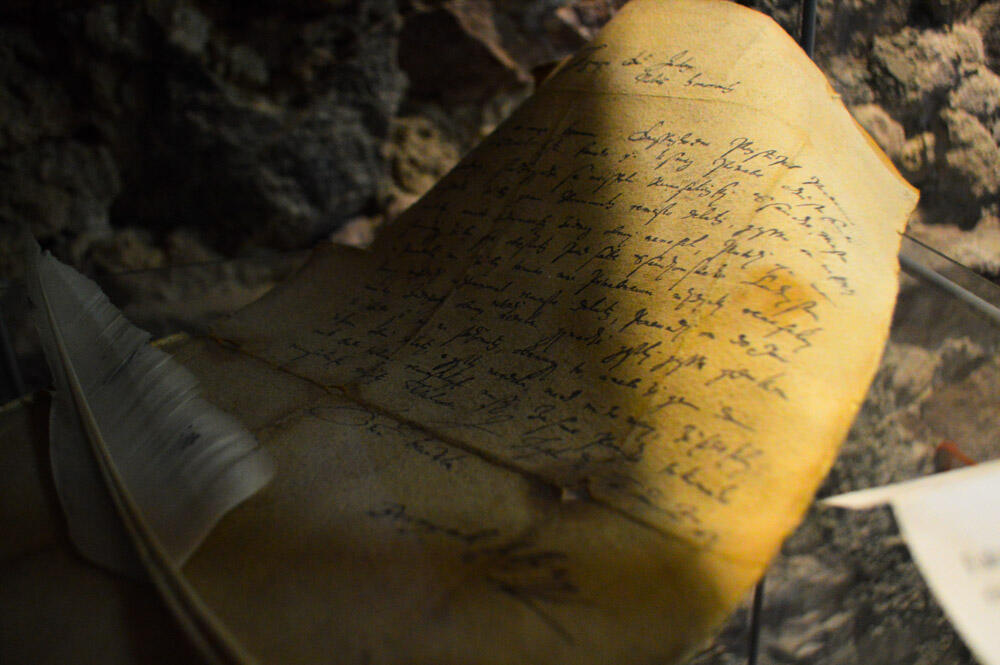
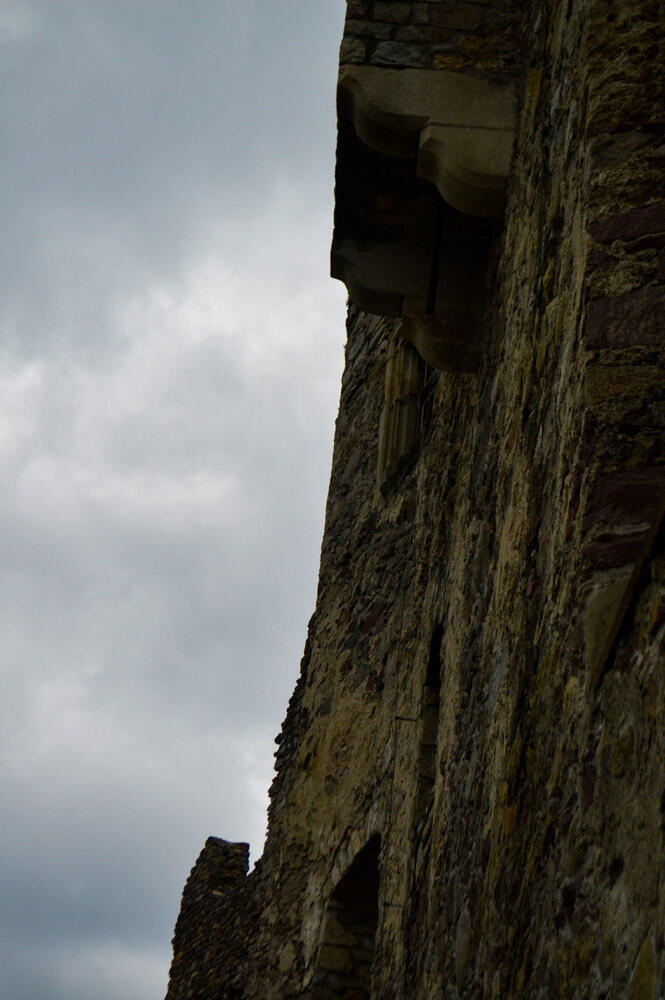
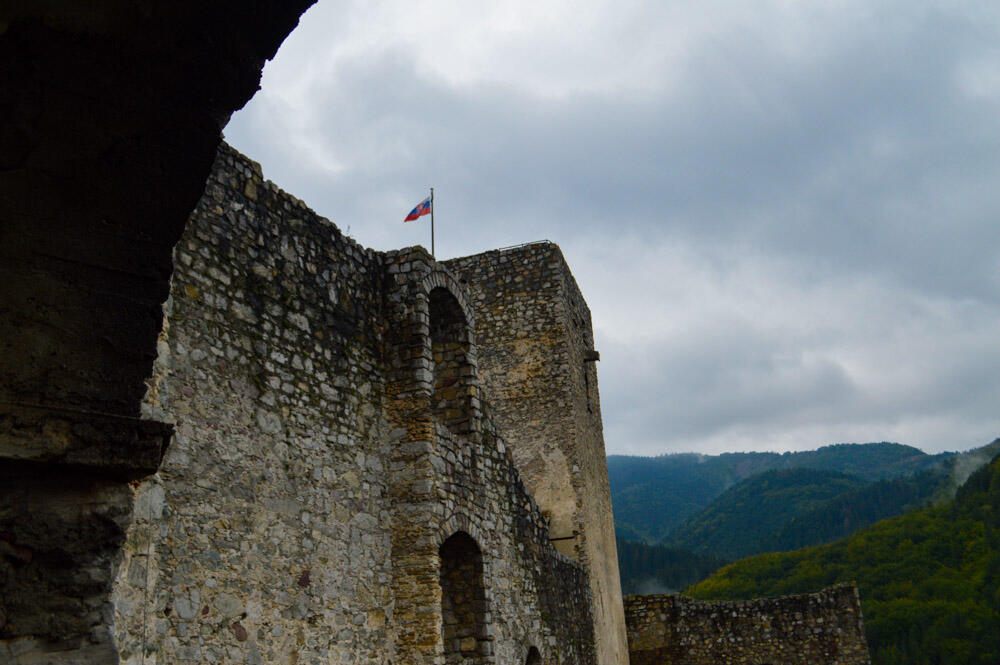
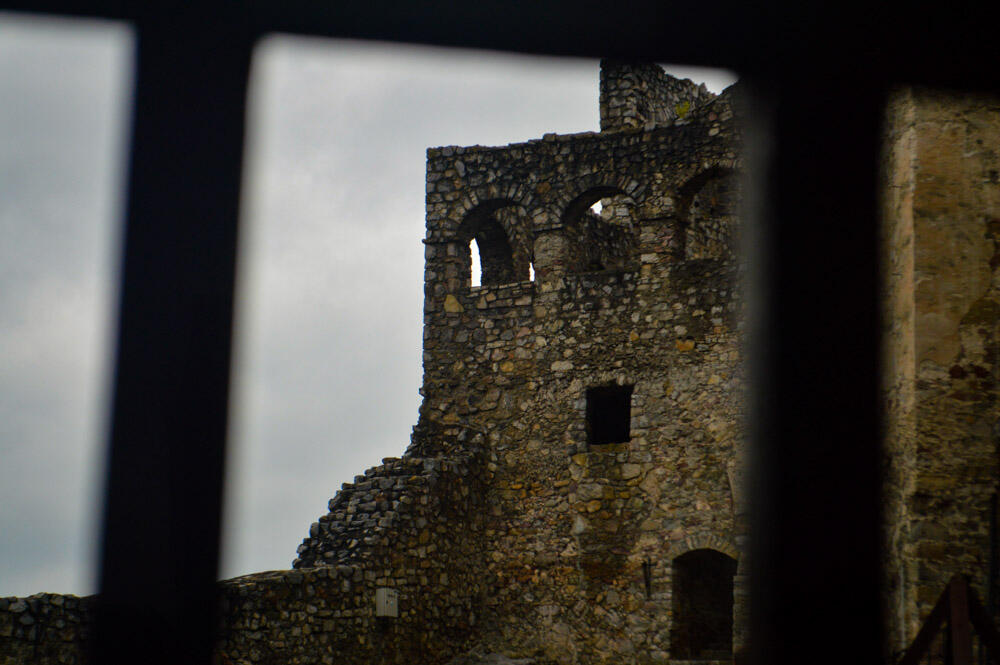
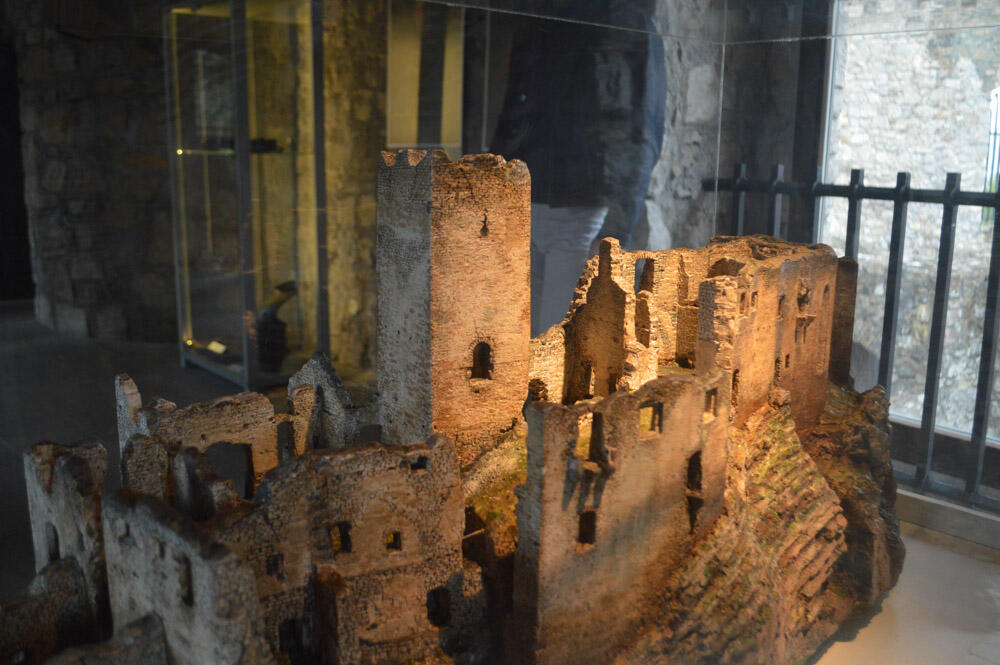
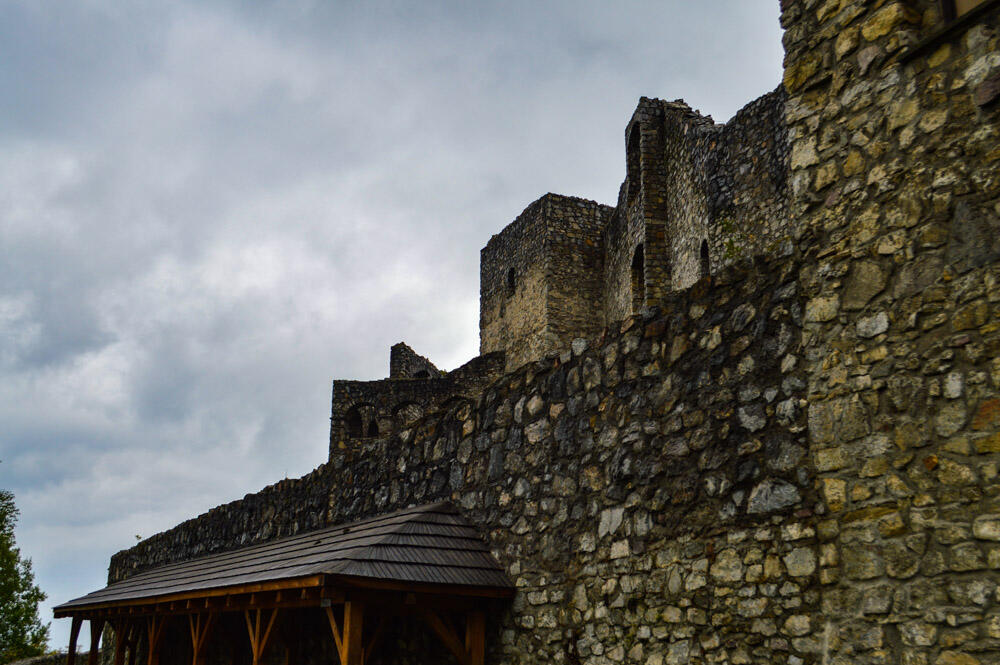
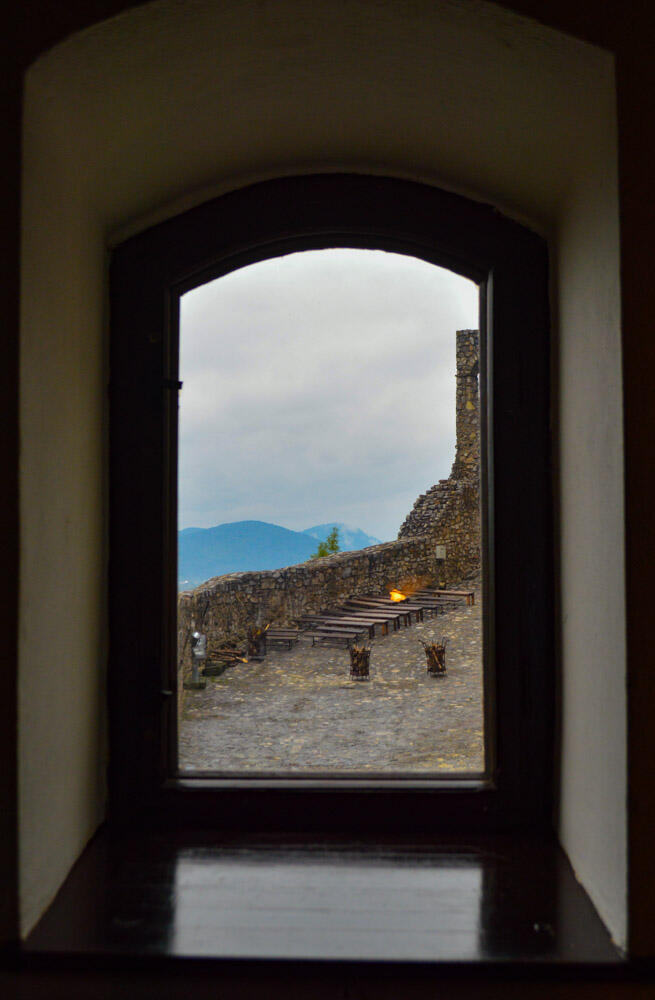
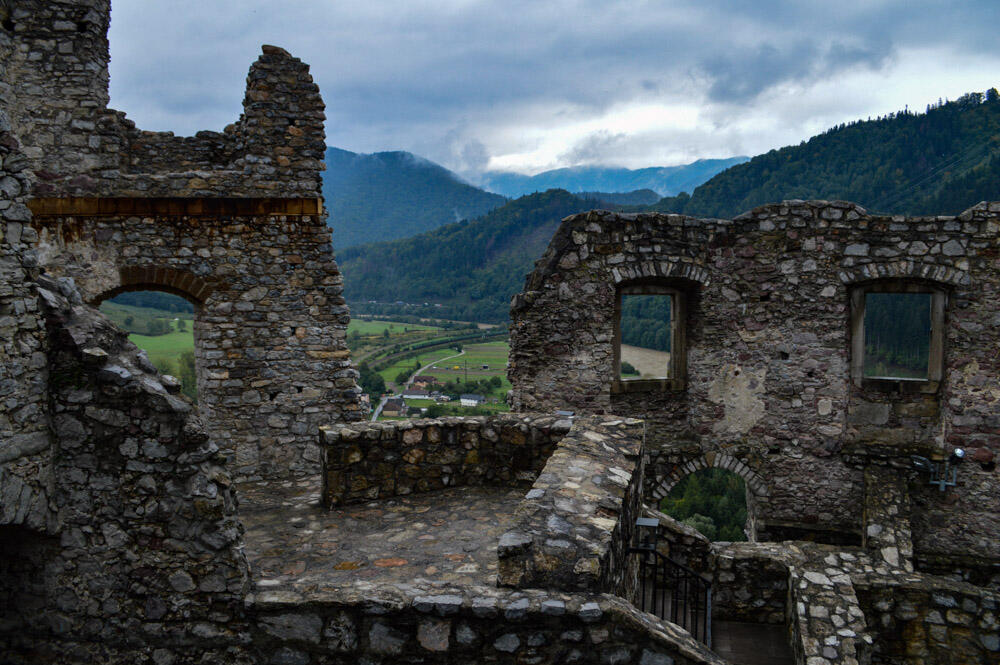
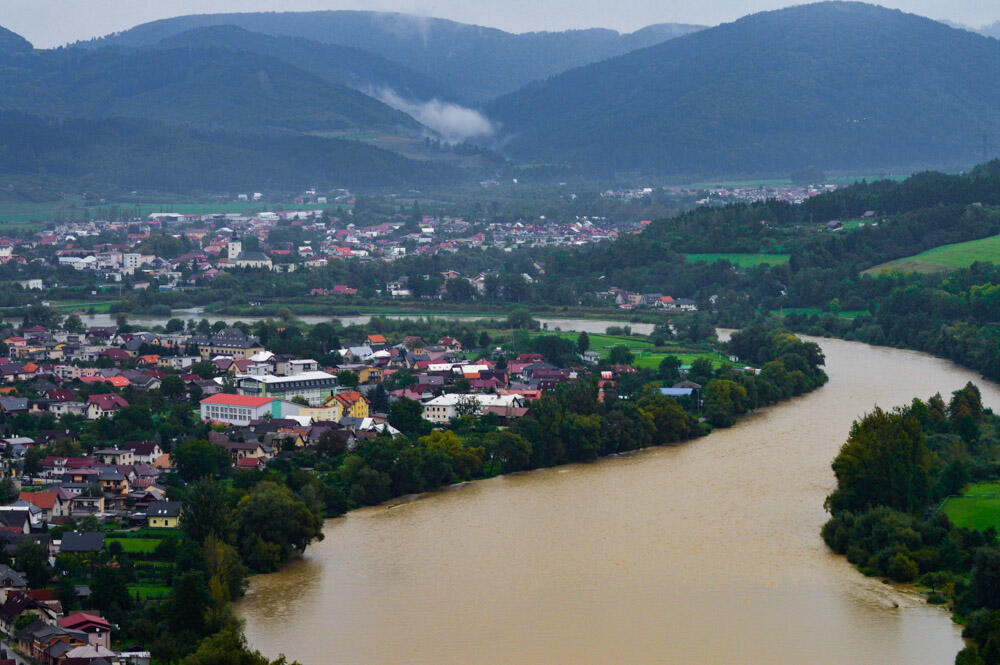
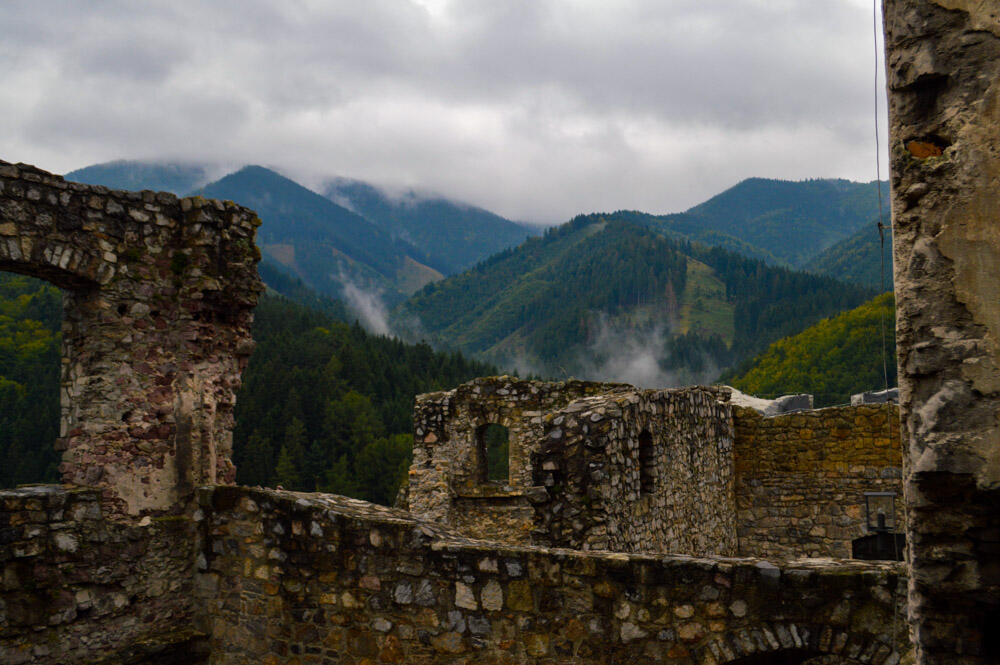
Strečno Castle was declared a national monument in 1970 and opened for visitors in 1995. Partially restored, the castle provides an evocative glimpse into the lengthy history of the fortress. Yet, much of the ruins are yet untouched, memorializing the tribulations Strečno and its inhabitants have endured. From ironclad Hungarian defenders patrolling its fortifications to harried Czech and Slovak soldiers sheltered in the ruined recesses, Strečno has seen its share of history and every stone is a reminder of that fact.
Signed,
Andrew